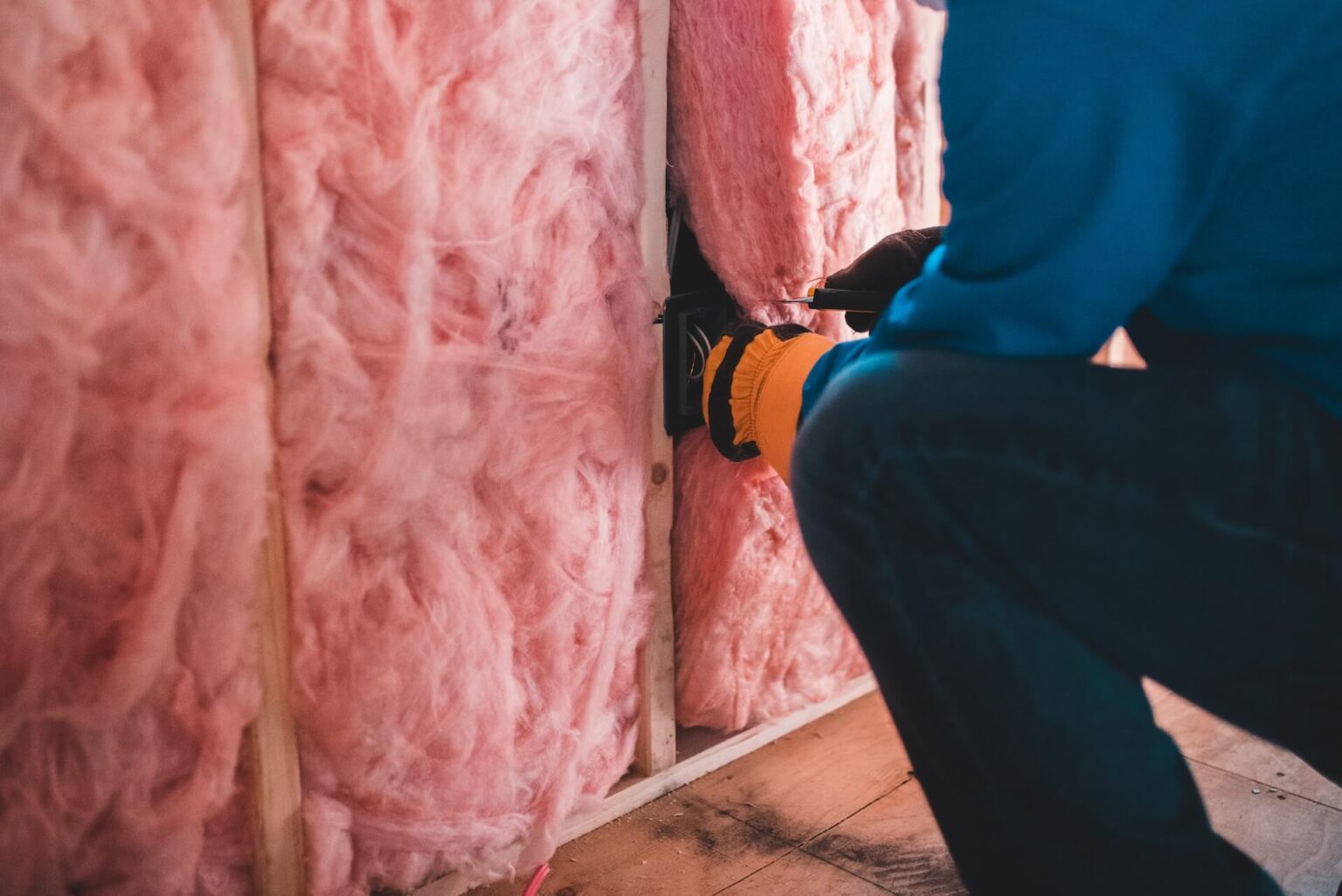Are you looking for ways to reduce your energy bills, increase the comfort of your home, and protect the environment? Home insulation is an excellent way to accomplish all three goals. There are many different benefits associated with insulating your home – from reducing heating costs in winter to creating a quieter living space. In this blog post, we look at why it’s important to invest in home insulation and how it can help you enjoy greater comfort and save money at the same time.
What is Home Insulation and What are its Benefits
Home insulation refers to the materials installed in a house to reduce heat transfer and unwanted airflow from outside. Proper insulation can bring energy savings, minimize environmental impact, and improve a home’s overall comfort. By regulating temperature and avoiding air leakage, insulation keeps the house cool in summer and warm in winter, increasing the efficiency of heating or cooling systems.
Moreover, a well-insulated house is less prone to moisture buildup and mold growth, which supports healthier living conditions. By opting for home insulation, homeowners can promote eco-friendliness, reduce energy bills, and create a cozy and safe living space for their family.
How to Choose the Right Type of Home Insulation for Your Needs
When it comes to choosing the right type of home insulation for your needs, it’s important to consider several factors. First and foremost, you’ll want to assess the space you’re insulating and determine the R-value, or thermal resistance, required for optimal efficiency. From there, you’ll want to decide which type of insulation will work best for your space and budget.
Options range from traditional fiberglass batts to newer materials like spray foam and blown-in cellulose. Some materials are easier to install than others, so it’s worth considering whether you’ll be tackling the job yourself or hiring a professional. Ultimately, the right insulation can help keep your home comfortable and energy-efficient, so it’s worth taking the time to make an informed decision.
Discuss the Different Types of Home Insulation and Their Advantages
There are many different types of insulation available, each with its own set of advantages. Fiberglass insulation is a popular and affordable choice, while cellulose insulation is made from recycled materials and provides excellent thermal performance. Spray foam insulation seals gaps and crevices for maximum energy efficiency, and radiant barrier insulation keeps homes cooler in the summer by reflecting sunlight. No matter which type of insulation you choose, the benefits are clear: lower energy bills, improved indoor air quality, and a more comfortable home.
Insulating Different Parts of Your Home
Specific areas of your home benefit the most from insulation, aiding in the overall efficiency and comfort of your living space. Because heat tends to rise, poorly insulated attics can lead to significant energy loss. An attic insulation keeps your home warmer in winter while helping regulate temperature during summer. It also prevents damage from ice dams. Walls, particularly those that are external, are another critical area to insulate. Proper wall insulation can reduce your heating and cooling costs, prevent drafts, and create a more comfortable living environment.
Insulating floors, especially those over unheated spaces like garages or basements, can help keep your home warmer and reduce noise levels. These areas can be a significant source of heat loss. Insulation here prevents outside cold from seeping in and makes your home more energy-efficient. By insulating these different parts of your home, you’ll maximize your home’s energy efficiency and create a more comfortable, consistent indoor climate.
Energy-Saving Advantages of Home Insulation
Home insulation may just be one of the best investments you’ll make for your home. Not only does it keep you warm in the winter and cool in the summer, but it also has energy-saving advantages that can significantly reduce your energy bills. With proper insulation, your home stays warmer or cooler, which means your heating and cooling systems don’t need to work as hard to keep up, resulting in lower energy costs and a more sustainable environment. Additionally, insulation helps to prevent air and moisture from penetrating your home, leading to fewer drafts and potentially decreasing the need for additional treatments like weatherstripping. So whether you’re building a new home or simply looking to upgrade your current one, consider the benefits of quality insulation and start saving money while conserving energy.
Consider Long-Term Savings When Deciding on an Appropriate Home Insulation Solution
When it comes to home insulation, there are many options to choose from. But when making a decision, it’s important to consider more than just the immediate costs. Deciding to invest in a quality, long-term insulation solution can actually save you money in the long run. By reducing your energy consumption, you could see significant savings on your utility bills over time.
Additionally, choosing a durable insulation option can save you the hassle and expense of having to replace it every few years. So while it may require a larger upfront investment, considering long-term savings can ultimately lead to a more cost-effective and efficient home insulated for years to come.

Home insulation offers a multitude of benefits, ranging from energy efficiency and cost savings to improved comfort and environmental conservation. It’s a practical, long-term investment that contributes to a healthier and more comfortable living environment. By choosing the right type of insulation based on your specific requirements and taking steps to insulate various parts of your home, you can maximize these benefits.
Whether you’re renovating, building a new home, or simply looking to improve your current living conditions, it’s clear that home insulation should be at the top of your list. The process may require considerable effort and investment upfront, but the long-term advantages make it a worthwhile endeavor.








